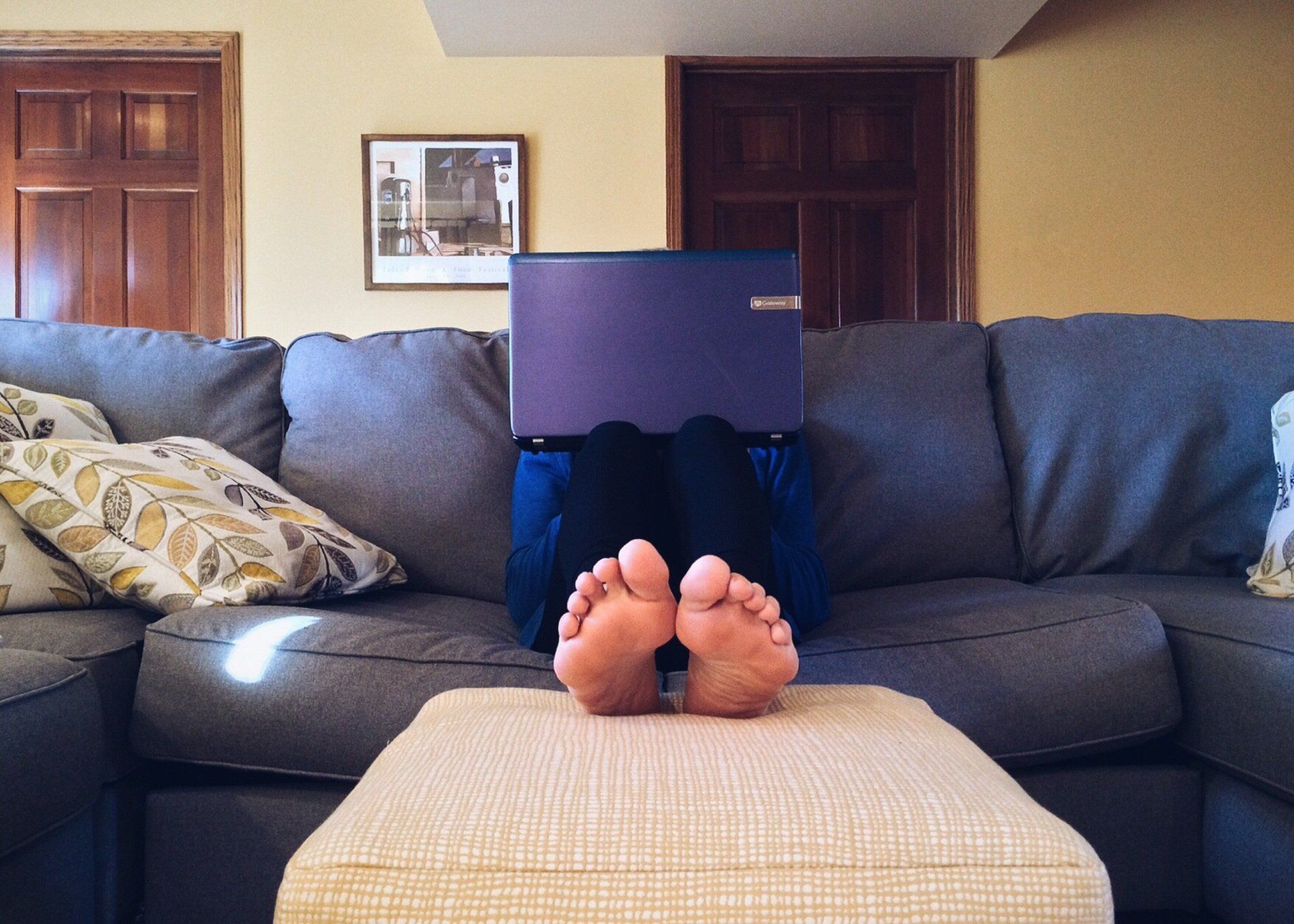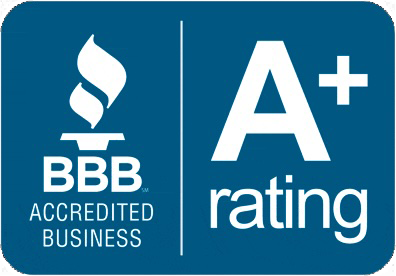Leaning into Remote Work
by Jon Lober | NOC Technology
What are the pros of remote work and how can you take full advantage of them?

Though its hard to say definitively, recent surveys suggest that four to five times more of us are working remotely than before the pandemic. If you are one of the millions of Americans working remotely, are you really taking advantage of your situation, or are you simply enduring it?
During the height of stay-at-home measures during the pandemic, most of us recognized that remote work can have some significant challenges. However, if you learn to “lean into it,” it also offers some remarkable opportunities.
Today we are going to examine a few of those significant opportunities and how you might be able to take advantage of them yourself.
1. Work from anywhere—literally.
Perhaps the best-known advantage of remote work, it might also be the most underutilized. As creatures of habit, we tend to lock ourselves into fixed routines and environments. This can improve efficiency, but can also limit our inspiration, curiosity, drive, and creativity.
If you are working from home—and want to keep it that way—consider getting out of the house at least one day every week (if your home life allows). Set up in a new coffee shop, a nearby library, or a quiet picnic table and get some creative work done or knock out your most boring and repetitive tasks.
For those that miss going into the office or could benefit from a dedicated workspace for a specific project, coworking solutions offer an excellent opportunity. For a reasonable monthly fee, coworking spaces offer dedicated desks, communal spaces, conference rooms, kitchens, and other amenities. Like most major cities, St. Louis has several excellent options for between $150–$500/month depending on your specific preferences.
Finally, if your personal and professional life allows for it, you can become a digital nomad and roam the country—or even the planet. Several European countries now offer visas tailored to attract virtual workers. Inside and outside of US borders, Airbnbs offer affordable options and workspaces for month(s) long trips. For around or less than $2000, digital nomads can relocate for a month to a tasteful home office in Barcelona, two months in a beautiful apartment on the coast of Croatia, or a month in a riverside cabin in Maine. The possibilities are endless.
2. Better work-life balance.
Whether you find yourself perennially addressing your home life or cannot seem to tear yourself away from work, remote work can offer the flexibility to find a better balance between the two.
Whether dropping kids off at school, accompanying a sick parent to the doctor, letting the dog out at lunch time, or meeting a friend for lunch, well-planned remote work can allow you to attend to life’s needs without constant stress.
To take full advantage of these opportunities, evaluate your priorities. Even a single hour of reflection to determine what you want to accomplish and who you want to be can help you plan your days better. Once you have identified those priorities, you can make sure that your first things come first, your second come second, and so on.
With your priorities and ideal agenda in hand, talk with your employer and evaluate the needs of your coworkers to determine how you can integrate work and personal life. Be willing to compromise and adjust as needed. However, most hard-working, valued employees will find receptive colleagues—especially when they realize that you are likely to work better and be more responsive when you work during your most productive hours.
3. Custom home office space
Most of us will not travel the world as we work remotely. Indeed, even those that do will likely still maintain some sort of home base.
Have you optimized your home office location?
Working from home allows you to set up your equipment and your space to suit your work style no matter how small or spacious it might be. Whether you are working from a fold-down desk in the corner of your room or a dedicated office space, have you taken the time to modify it to fit your needs?
Take the time to think of how you can convert your office into an ideal workspace. Be intentional with your choices. Think about making your office somewhere you want to spend time. Choose a space in your home that facilitates your preferred work style and your family’s personal life.
Position your desk where you feel most relaxed. Identify what surroundings contribute to a sense of calm and productivity. Do you enjoy house plants? Running water? A favorite color? Type of light source? Artwork? Photos of friends and family? You can shape your home office to incorporate these elements in ways that you never would be able to in a shared office environment.
Want an office pet—why not? If you already have a dog or cat at home, they likely already join you. If not, the companionship of a fluffy bunny, lazy iguana, or colorful fish might bring just the vibe you need to a stale workspace.
Before you go wild with the aesthetics, remember that proper ergonomics can save your body and good lighting can ease eye strain from continual screen use.
Finish out your office with tools to keep you healthy and engaged. Sit-to-stand desks, adjustable computer monitor arms, laptop stands, ergonomic mice and keyboards can facilitate comfortable and productive work. As usual, Wirecutter offers some great recommendations to get you started.
Beyond your office setup, think about which accessories could improve your virtual meetings. Would a backdrop, headset, better camera, or improved lighting make you dread Zoom just a little less?
However you choose to work remotely, remember to follow all the same digital security rules as you would at the office. Enjoy responsibly!




